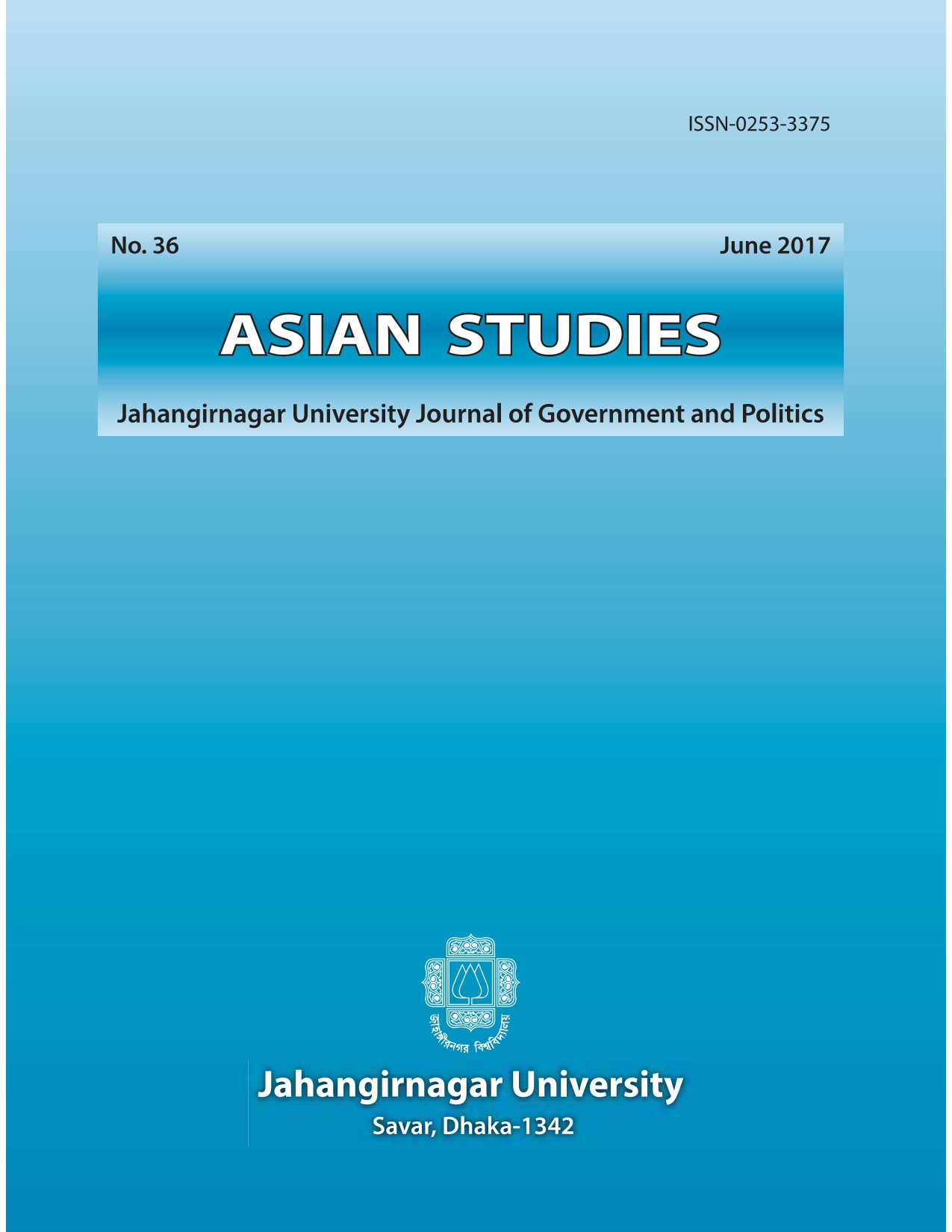Socio-economic Reality and Health Status of Tobacco Workers in Bangladesh An Ethnographic Study
Main Article Content
Abstract
The aim of this ethnographic research is to identify the prevalence of
different disease patterns of the tobacco workers and explore how socio-economic
realities have pushed workers into a working situation in tobacco factories located in
the Rangpur region of Bangladesh. In addition to studies of literature, a total of 120
respondents are interviewed along with their description collected through informal
discussions. Data are also collected by using case study method. We have employed a
participant observation technique to find the real picture regarding the environment in
tobacco factories. The study finds that a significant percentage of workers have been
affected by a number of diseases such as the respiratory disease, chest pain, cardiac
palpitation, eye irritation and redness, low blood pressure, underweight, skin irritation,
loss of appetite, diarrhea, constipation, insomnia and pain in limbs. The study explores
that the quality of working time of female, children and adolescents have been
perceived to be lower than that of their male counterparts. It has also revealed that
female, children and adolescent workers are severely affected compared to their male
workers and they remain untreated as they are submissive and do not generally
complain regarding their ill health. Although they are affected by a number of
communicable and non-communicable diseases, they do not want to get treated by
themselves as it costs more than their income. It reveals that socio-economic realities
have forced female, children and adolescents working hazardous working condition in
the tobacco factories in order to get out from extreme poverty. The government has not
taken proper policy measures to provide required healthcare services to the sufferers
employed in bidi/cigarette processing.

